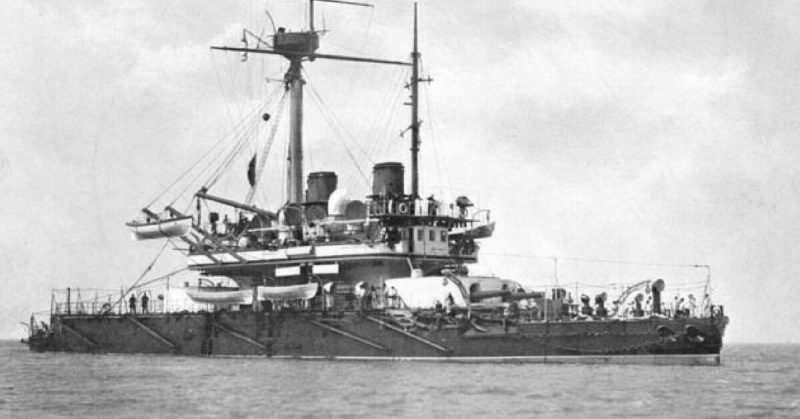- In 1869 there was a revolutionary shift in the long tradition of British ship building. Up until this point battleships had always used some form of sail, and had carried their guns below deck. The Devastation-class ironclad broke these conventions. For one thing, it used no sails of any kind, and was the first battleship to employ its main armament on top of its hull, instead of inside.
- The original designs for these new vessels came from Sir Edward Reed. A naval architect, a railway magnate, a successful author and an eminent politician, Reed was a man of vision. He wanted to create small and maneuverable ships that, despite their unimposing size, could be highly armed. He also wanted them to be fast enough at sea to be able to engage with and destroy an enemy ship before they took any severe damage.
- Breaking new ground, it was powered entirely by steam, rather than sails, and as a result it became the precursor for all future battleship designs. The HMS Devastation was completed in 1871, but a series of adjustments lasted until 1877.
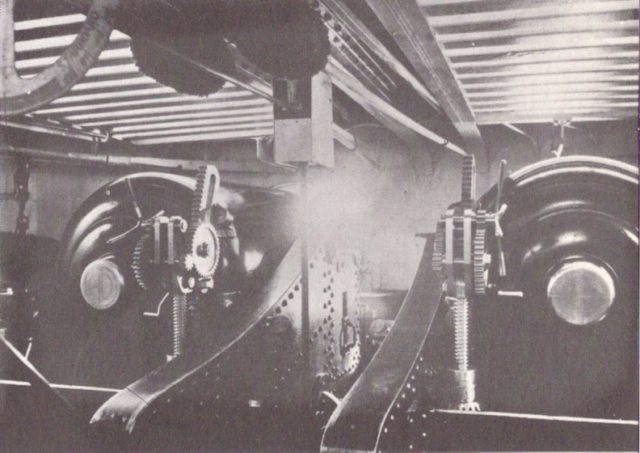
The ship was commissioned by the First Lord of the Admiralty Hugh Childers, who required an improved version of the earlier Cerberus-class breastwork monitor. It was to assume the role of an ocean-going capital ship of the British Navy.
Although the design was flawed, it represented a significant step forward in the modernization of the largest naval force of that time.
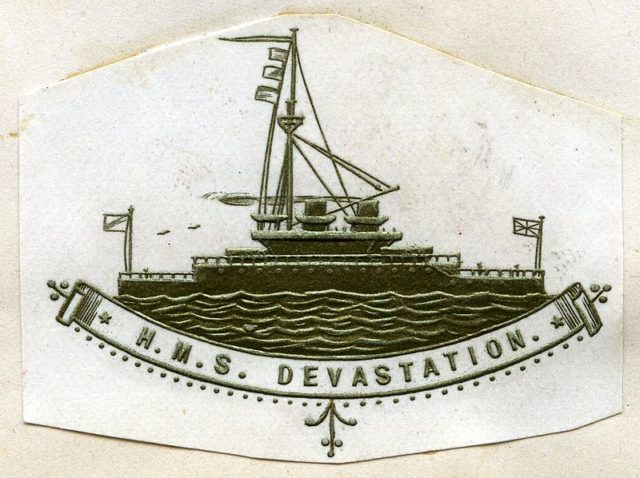
The ship’s armament was composed of four 12 inch guns (305 mm) stationed in armored turrets on deck. In 1890 four more 10 inch (254 mm) guns were added for support.
Devastation’s armor was capable of withstanding a blow from a 25-ton gun at a distance of 200 yards (180 mm). It was assembled from an 11 inch (280 mm) armor plate backed by 15 inches (380 mm) of teak and a 1.25-inch (32 mm) metal skin.
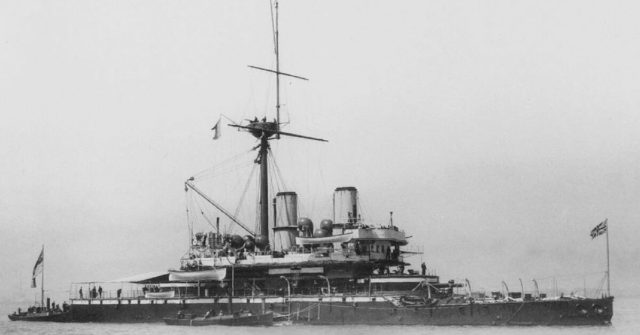
HMS Devastation was mainly used for patrolling the coastal waters around the United Kingdom and was also part of the Mediterranian Fleet. The absence of masts and sails enabled a larger field of fire for the guns. However, as the ship relied solely on its coal engines, it could only operate in the vicinity of friendly coal stations.
Nevertheless, the ship carried more than 1,780 tons of coal, making it possible to travel around 6,570 km (4,090 mi) at a maximum speed of 12 knots (22 km/h; 14 mph).
Around the same time the HMS Devastation was being built, a ship of the same class was ordered for production.
The HMS Thunderer entered service in 1872. The ship was ill-fated. In 1876 a disastrous boiler explosion inside the ship’s hull claimed the lives of 45 men, including the commanding officer.
For the British Navy, it was the naval accident of the century. The ship was restored the following year and was put in reserve.
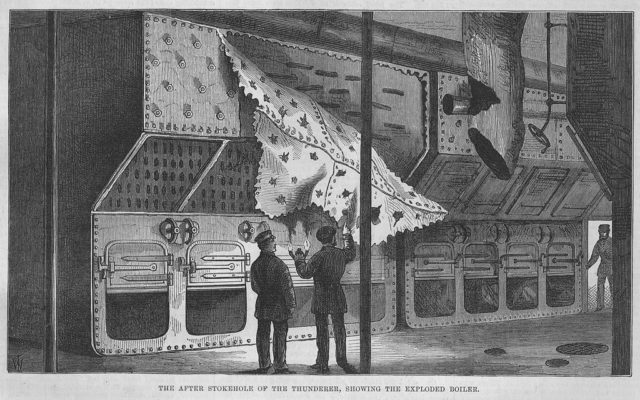
Just two years later, in January 1879, the HMS Thunderer suffered another terrible accident. One of its 12.5-inch guns exploded during a naval exercise in the Sea of Marmara (now Turkey). The death toll was 11 men, and 35 were injured. Although it was claimed that human negligence caused the explosion, some experts blamed the design.
These infamous freak accidents influenced the further development of the Devastation-class design. The ships went through a series of improvements, including the installment of multiple torpedo launchers to serve as secondary armament to the troubled 12-inch guns.
The two Devastation-class ironclads, The HMS Devastation and HMS Thunderer, remained in service until 1908 and 1909, respectively, when they were decommissioned and sold for scrap.
